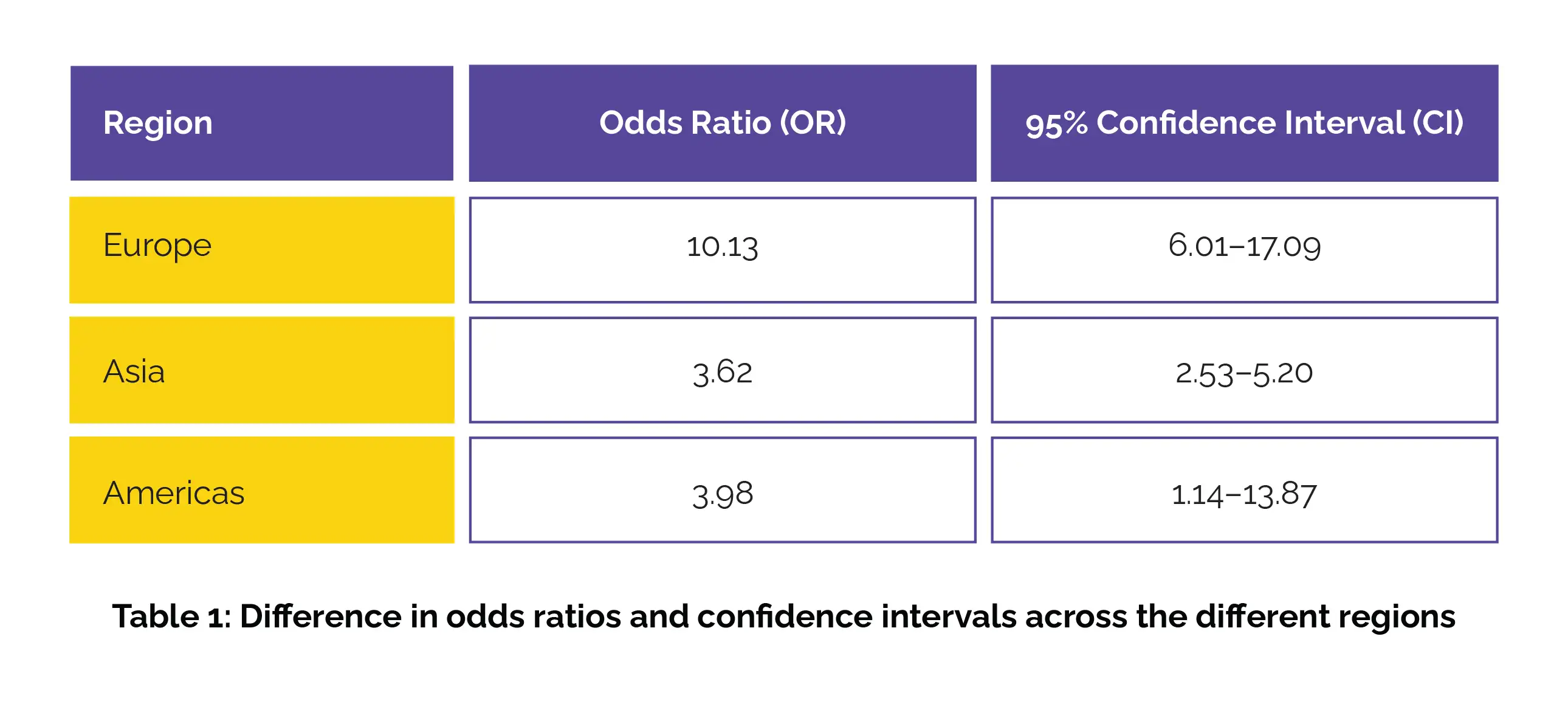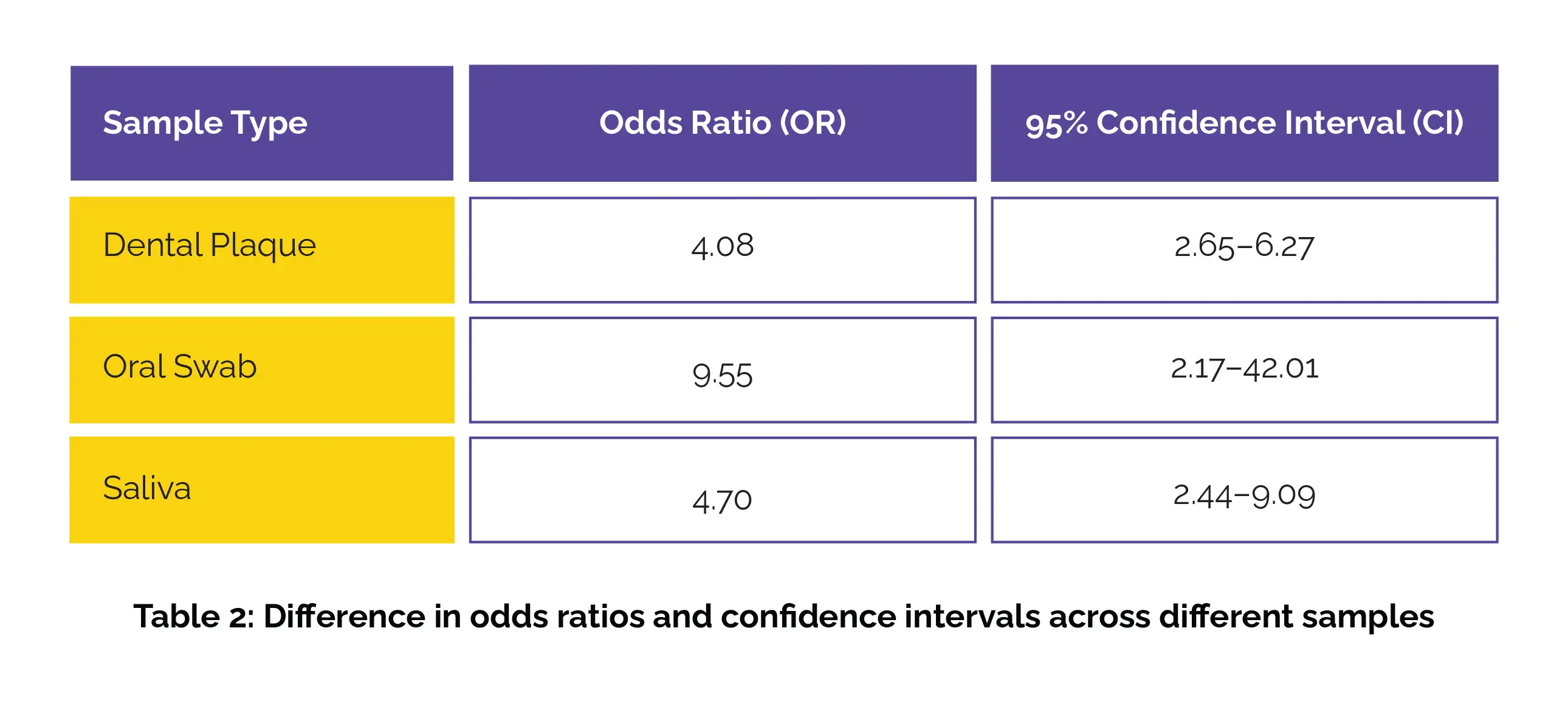Categories
Change Password!
Reset Password!


Recognizing Candida albicans as a key contributor to early childhood caries can help dental specialists adopt targeted prevention strategies, including probiotic therapy and early microbial screening.
A common oral fungus- Candida albicans (C. albicans) can be the culprit behind dental decay among young children. This finding from a recent systematic review and meta-analysis published in ‘PLOS One’ strengthened the link between C. albicans and early childhood caries.
Combing through the major databases, including PubMed, Web of Science, Cochrane, Embase, Google Scholar, and Scopus, Lucine G. Khachatryan and colleagues analyzed data from 22 studies involving 3301 children. As a result, C. albicans was found in their oral cavity significantly more prone to develop caries at a young age, with a pooled odds ratio of 4.42.
Geographic diversity influenced the strength of this association, with European studies reporting a stronger correlation than those conducted in Asia and the Americas (Table 1).

The findings also varied as per the sample type, with the highest odds observed in oral swab samples (Table 2).

These revelations imply that C. albicans may be more than just an oral commensal—it could play a critical role in the pathogenesis of childhood dental caries. As early tooth decay in children remains a foremost public health issue, future research should emphasize uncovering the precise mechanisms behind this fungal-bacterial interaction and developing targeted prevention strategies.
PLOS One
Investigating the association between Candida albicans and early childhood dental caries: A comprehensive systematic review and meta-analysis
Lucine G. Khachatryan et al.
Comments (0)